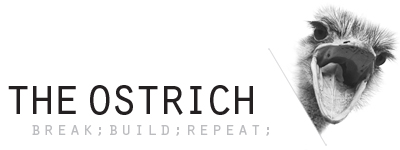In my Go Plain manifesto, I said that the first thing I plan to deal with is ubiquitous plaintext capture solution.
So here I am, trying to deal with it, having some success on the Mac, mostly failing on mobile…
This post is part 1 of several posts on the subject of plaintext capture. I am dividing it to parts because it is still work-in-progress, and I wanted to share as I go along.
To reiterate and elaborate, my expectations for a “ubiquitous plaintext capture solution” include:
- Available across all my devices. To prioritize: MacBook, Android phone, iPad, Windows laptop.
- Sync “captured items” across all said devices, given connectivity. Handle poor connectivity with dignity – we are talking about plaintext files here. Handle sync conflicts gracefully.
- The act of “capturing a piece of information” must be totally frictionless. This means as few clicks and taps as possible to get to “capture mode”. No messing with filing and categorizing a “captured item”. It should just be there, waiting for when I’m ready to deal with processing it.
A tl;dr version of where I am with this, at the time of writing:
- Decided that “captured items” are plaintext Markdown-formatted files in my Dropbox
GoPlain/Notesdirectory. Flat structure (e.g. no sub-directories) to force simplicity. Filename is note title, file text is note content. - Decided on nvALT for capturing notes on OS X. Been using it for a couple of weeks. It’s perfect!
- Became frustrated with the options I evaluated on Android. Remained unsolved for now 🙁 .
- Got overwhelmed with options on the iPad (iOS in general). Got to join nvNotes beta testing. Loving it so far!
- Didn’t do anything with my Windows laptop. It just sat there, streaming my Google Music library. Just as important for my productivity 🙂 !
In this part, I go into some detail about nvALT and my “ideal capture experience”. If you stick around, there might also be a mobile rant 😉 .











